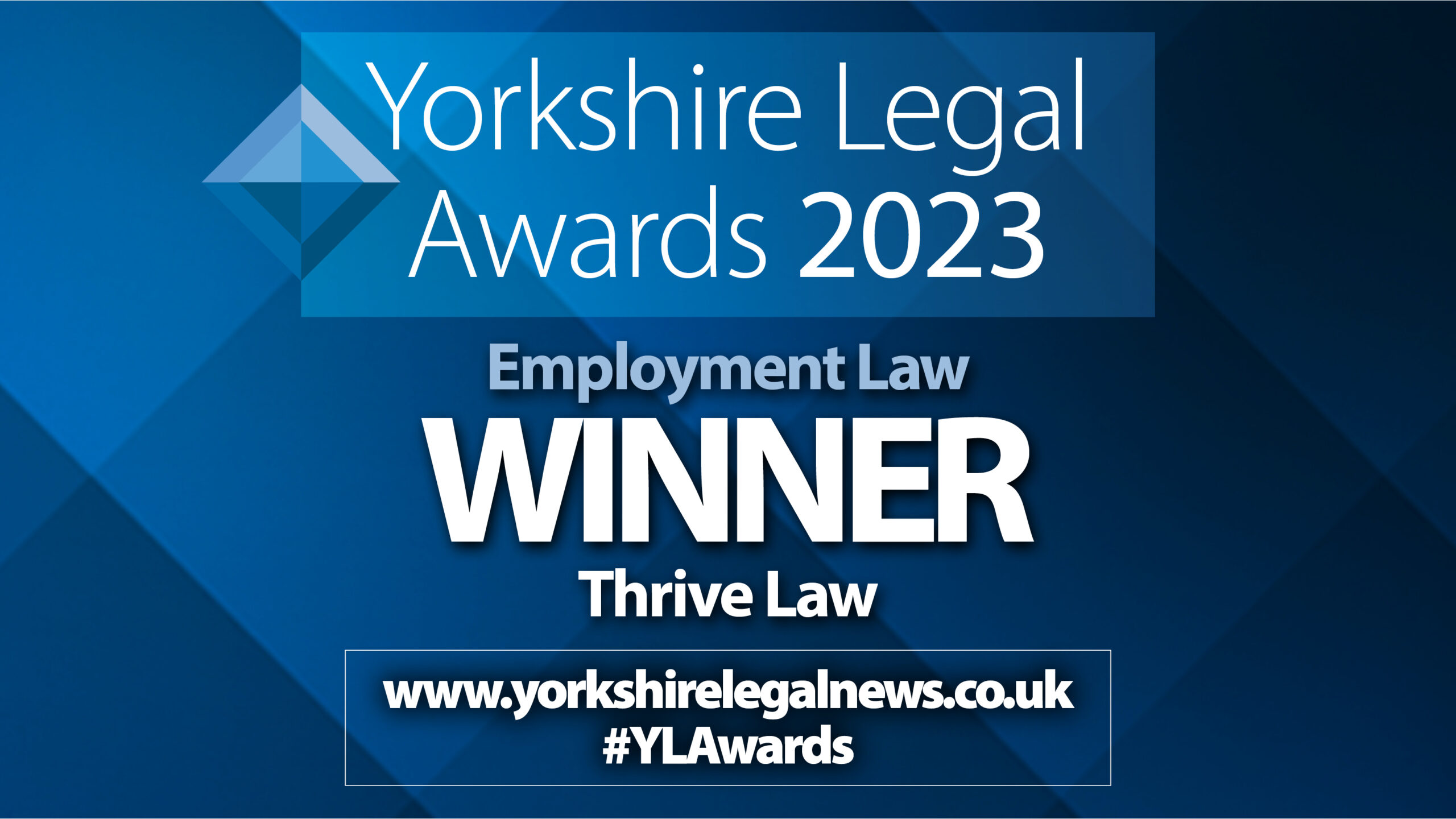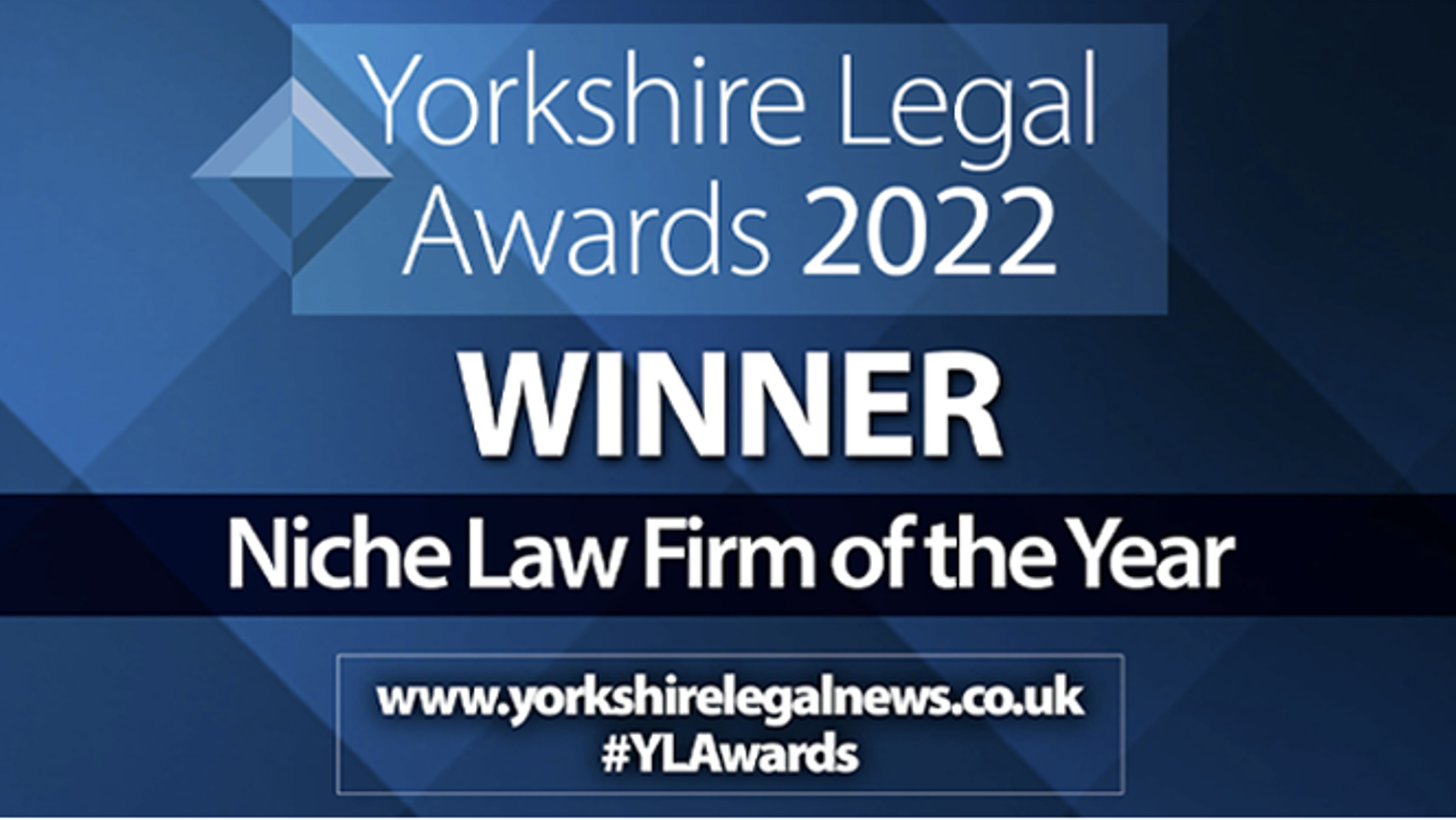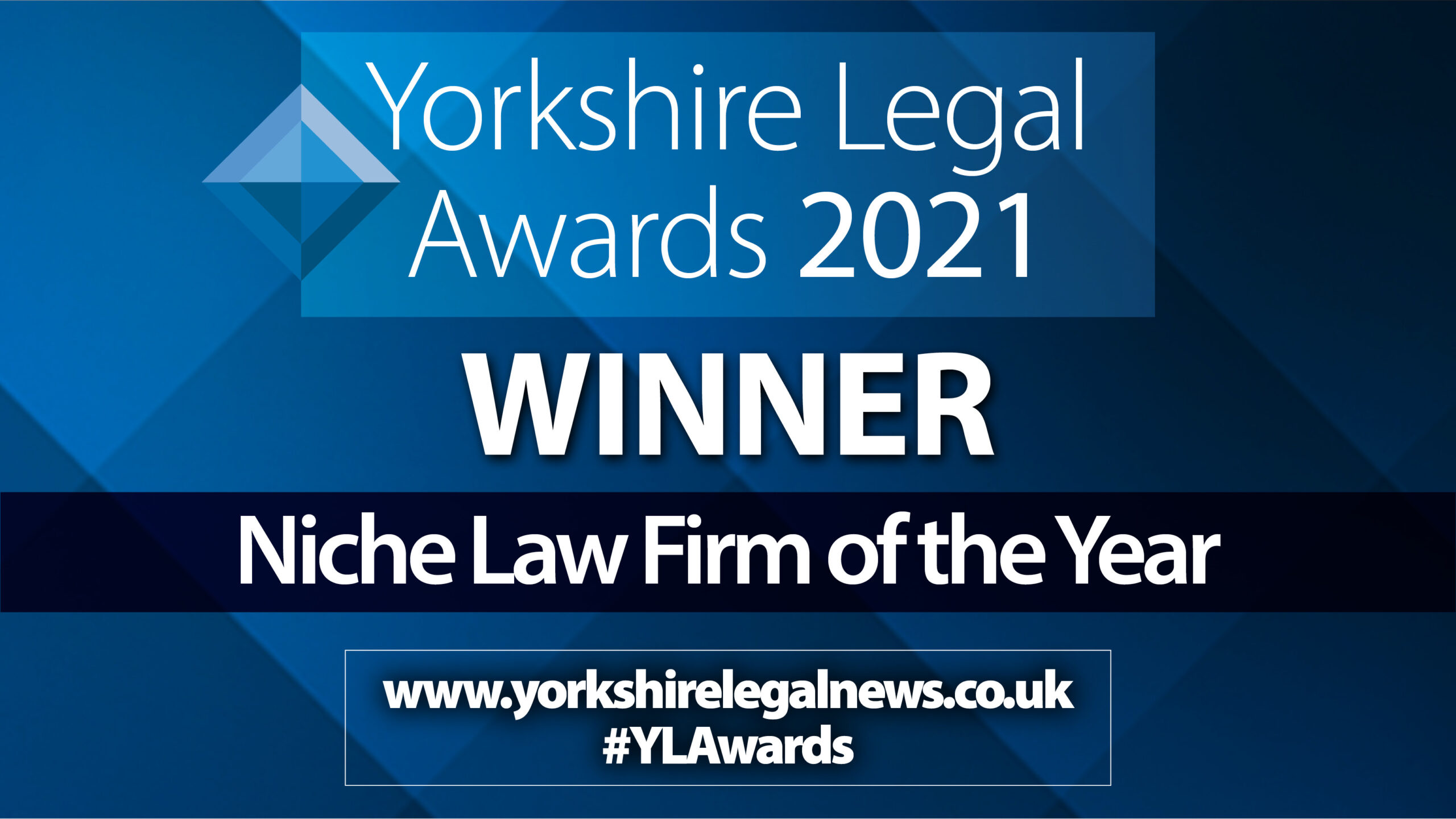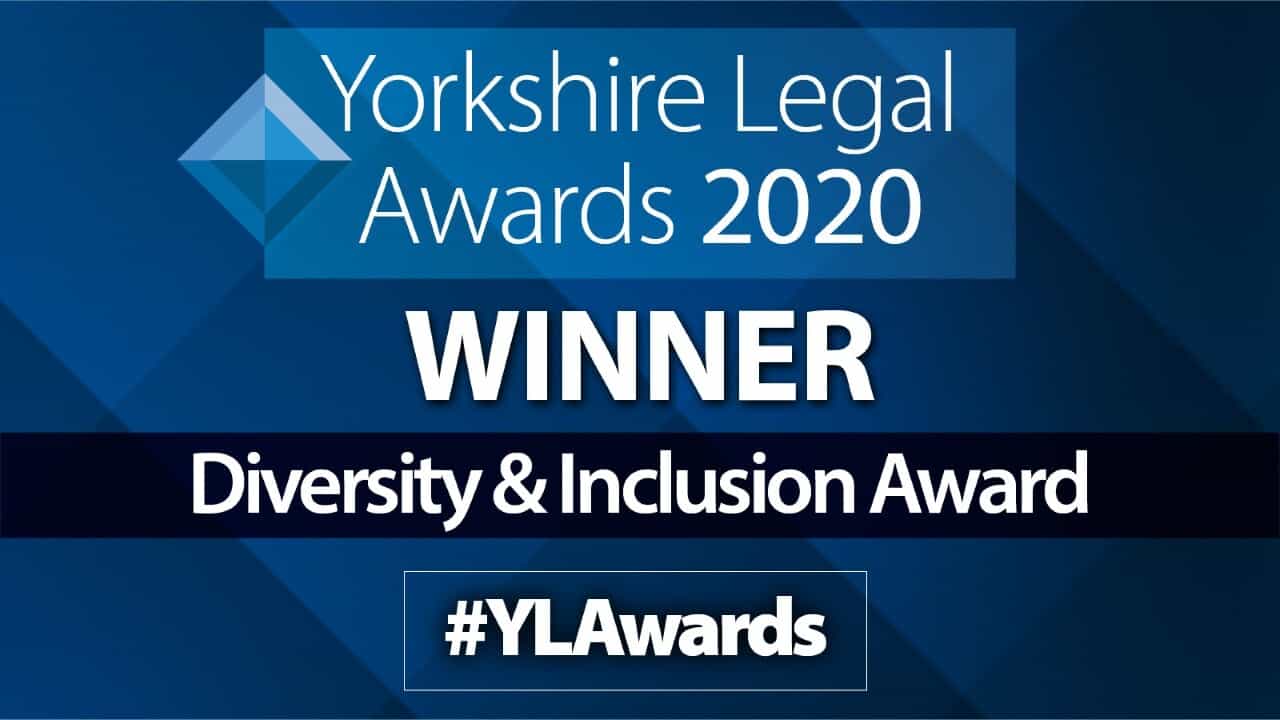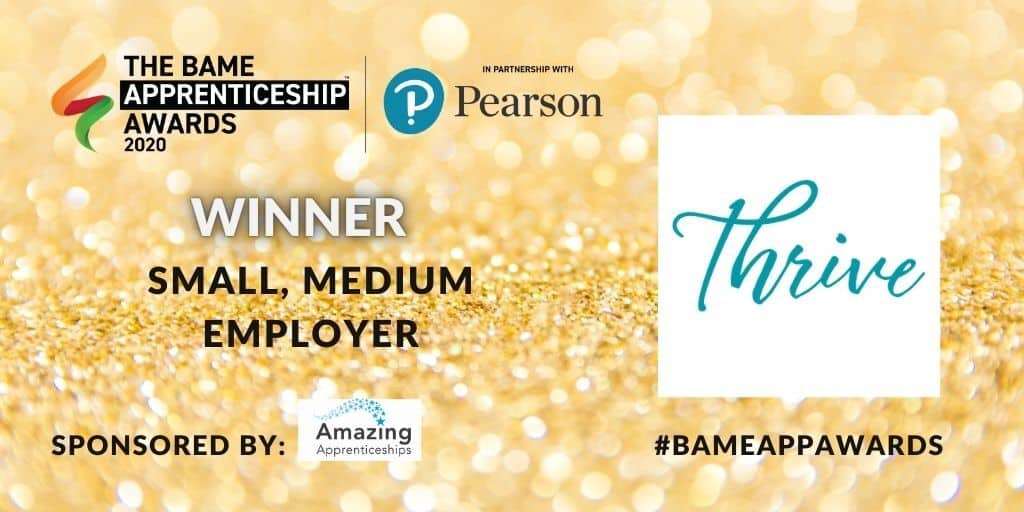Part 3: Harassment
What is harassment?
Harassment is unwanted behaviour or conduct which has the purpose or effect of leaving you feeling offended, upset, intimidated or humiliated, it often creates a hostile environment. It can happen on its own or alongside other forms of discrimination. It can be verbal or physical behaviour.
Racial harassment can be an isolated incident, or a series of incidents which either intentionally, or unintentionally, intimidate, offend or harm any individual or group because of their ethnic origin, colour, race, religion or nationality. Harassment is a form of unlawful discrimination under s26 of the Equality Act 2010.
The key here is that there is no requirement for them to have intended to have that effect as long as it’s reasonable for someone to be offended by the comments of conduct.
Unwanted behaviour could be:
- Spoken or written words or abuse: including verbal threats, insults and racist jokes.
- Racially offensive emails, tweets or comments on social networking sites.
- Exclusion from normal workplace conversation or activities.
- Physical gestures or attacks.
- Encouraging others to do any of the above acts.
The Equality Act says its harassment where the behaviour is meant to or has the effect of either:
- violating your dignity; or
- creating an intimidating, hostile, degrading, humiliating or offensive environment.
This means its harassment even if the person harassing you didn’t mean to offend or intimidate you if the harassment has one of the above effects. The behaviour you’re complaining about must be something you didn’t want. The law refers to this as ‘unwanted conduct’.
If you go to court, the judge may have to decide if it’s harassment or not. They will look at how the behaviour made you feel and whether it’s reasonable for you to feel this way.
It doesn’t matter if the behaviour is directed at you or not, for example, if you overhear your colleagues making racist jokes or comments to each other this can be harassment.
Thrive Case Study
Here at Thrive, we have sadly assisted employees with countless claims of harassment. Examples include likening certain races to terrorist groups, “banter” about slavery, and inappropriate comments based on skin colour.
As an employee; what should you do?
If you think you have suffered race discrimination, there is a number of things you can do;
- Raise a formal grievance through the organisation’s grievance procedure to try and solve the issues internally.
- Have a look in the company handbook at the policies on racism and see if your employer or someone who works for your employer has breached any of the company policies.
- If you believe your complaint was not dealt with properly or you do not agree with the outcome of the grievance you can make a claim to an Employment Tribunal. Here at Thrive, we regularly deal with these kinds of claim and would be more than happy to assist.
Time limits
It is important to note that, in all Tribunal claims including harassment the legal time limit is 3 months less one day from the last act of discrimination. Therefore, in order to bring a claim to the Employment Tribunal, the harassment must have occurred in the past 3 months. Through our helpline, we have received a lot of queries about historical racism (eg. over a year ago) which, disappointingly, Employment law does not currently allow claims for.
How can we help you?
At Thrive we are doing all we can to support the black lives matter movement. Even though the media has settled now we must still hear those who need to be heard.
We have launched a FREE helpline for anyone who is concerned about workplace racism. If this is, you or you know someone who has an enquiry please email: BLMsupport@thrivelaw.co.uk
The Thrive Tribe
